The U1:A(+IP) represents my input (0 to 6V).
I am trying to power a lamp which requires at most 6V@100mA, the input will vary between 0 and 6V but it doesn't provide enough power for the lamp (the input comes from another op-amp used to convert current from 0 to -2mA to a voltage between 0 and 6V).
As wikipedia states, this circuit is a Voltage follower boosted by a transistor :
This particular circuit is very interesting as it provides these curves (for both voltage and current in the lamp) :
However, I am not able to figure out why this works, why is it able to work between 0 a 0.7V, when the transistor shouldn't let anything through ?
Thank you everyone, thanks to you I understand better how this circuit works.
